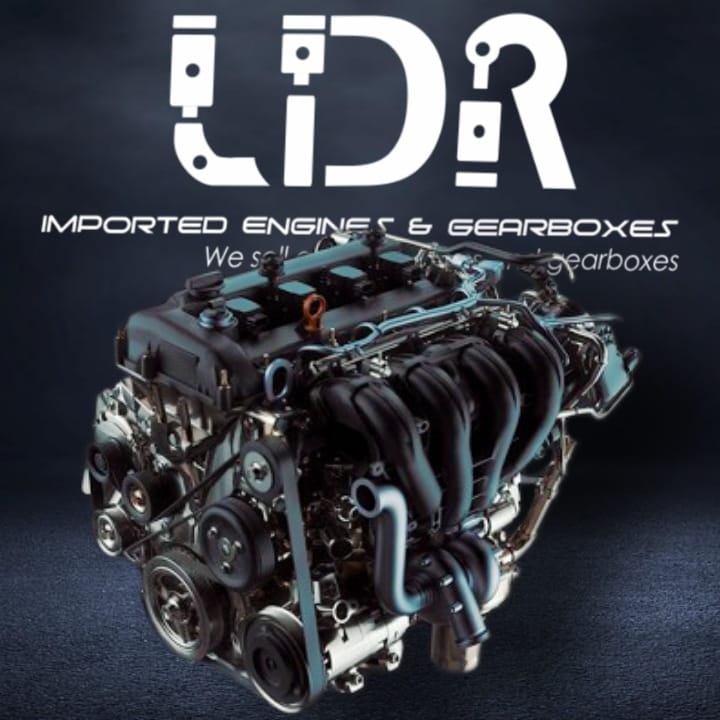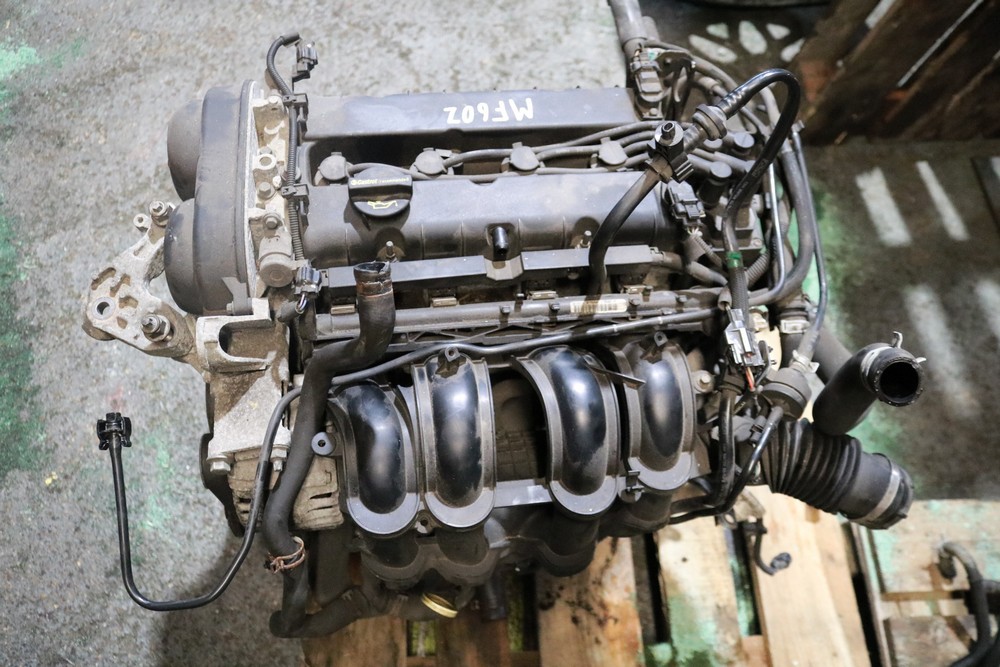Common Issues with the Ford Fiesta Engine and How to Fix Them
Common Issues with the Ford Fiesta Engine and How to Fix Them
Blog Article
Discovering the Development of Engines: From Timeless Layouts to Modern Marvels
From the first heavy steam engines that powered the Industrial Transformation to the emergence of inner burning engines that transformed flexibility, each stage has added to higher efficiency and capability. As we analyze these milestones, one need to think about just how the future of engine design might unravel, challenging our understandings of power and performance.
The Birth of Engine Modern Technology
The development of engine technology marked a turning point in human advancement, changing energy conversion and transportation. The earliest engines arised from the demand to harness mechanical power for practical use, causing the development of devices that converted numerous energy kinds into activity. The principle of the engine can be traced back to ancient civilizations, where easy machines, such as the waterwheel and windmill, made use of all-natural pressures to do job. It was during the late 17th and early 18th centuries that considerable improvements started to appear.
The advancement of the internal combustion engine and the innovation of the steam engine catalyzed a profound shift in commercial capacities. These engines not just boosted effectiveness however likewise expanded the scope of human flexibility, making it possible for extraordinary transportation opportunities. The very early models laid the groundwork for the mechanical globe, promoting the surge of markets and reshaping societal frameworks.
As engine styles evolved, they progressed and integrated ingenious materials design concepts, leading the way for contemporary developments - ford fiesta engine. The birth of engine technology ignited a relentless search of performance and power, establishing the stage for the vibrant development of transportation and industrial equipment that would follow
Heavy Steam Engines and Their Influence

The heavy steam engine's impact was particularly obvious in the transportation field (ford fiesta engine). Steam-powered engines helped with the rapid activity of products and people throughout large distances, properly diminishing the geographical barriers that had actually previously prevented trade and interaction. In a similar way, steamships reinvented maritime traveling, enabling for quicker and a lot more trustworthy crossings of seas and rivers.
In sector, heavy steam engines powered factories, allowing automation and the increase of urban facilities as centers of financial task. This shift not just modified labor dynamics however additionally added to the appearance of a consumer-driven society. Vapor modern technology cultivated advancements in design and manufacturing processes, laying the groundwork for future improvements in engine layout. The legacy of steam engines is profound, reflecting a turning point in human resourcefulness and the unrelenting search of progress.
The Rise of Internal Burning
Frequently overshadowing steam power, the rise of internal burning engines noted a transformative shift in transport and sector throughout the late 19th and very early 20th centuries. The advancement of these engines, characterized by their ability to melt gas within the engine itself, allowed greater efficiency and power contrasted to standard heavy steam engines. Pioneering inventors such as Nikolaus Otto and Rudolf Diesel played crucial roles in developing engine layouts, causing extensive adoption in autos, watercrafts, and commercial machinery.
The internal burning engine's small dimension and reasonably light-weight nature assisted in the appearance of personal vehicles, transforming private flexibility and improving city landscapes. By allowing faster traveling and the reliable transportation of items, these engines militarized financial growth and promoted globalization. The flexibility of gas options, consisting of gas and diesel, better enhanced their appeal, permitting varied applications across various industries.
Regardless of the ecological worries that would later emerge, the preliminary attraction of internal burning technology lay in its transformative potential. As society welcomed this development, the structure was laid for modern transport systems, developing internal combustion engines as a keystone of industrial innovation and daily life throughout the 20th century.
Advancements in Engine Effectiveness
As inner burning engines became important to transport and industry, the focus moved in the direction of enhancing their efficiency to satisfy expanding needs for efficiency and sustainability. Innovations in engine style, product scientific research, and technology have substantially added to this advancement.
One major advancement is the advancement of turbocharging, which permits boosted air consumption, causing even more full gas burning and boosted power output without enlarging engine size. Additionally, variable valve timing systems have been implemented to optimize engine performance across numerous RPM arrays, thereby enhancing fuel efficiency.
The usage of advanced fuel shot modern technologies, such as straight shot, has actually likewise played a critical duty. This approach permits more accurate control over the fuel-air mixture, promoting far better burning and minimizing discharges. Additionally, lightweight products, consisting of aluminum and composite components, have actually been embraced to decrease overall engine weight, resulting in enhanced efficiency.
These improvements show a more comprehensive trend within the automotive sector, where the synergy between design advancement and environmental considerations drives the ongoing pursuit for greater effectiveness in interior combustion engines. Consequently, modern engines are now more effective, cleaner, and reliable than ever in the past, leading the way for a more lasting future in transportation.
The Shift to Electric Power
With growing concerns over ecological influence and nonrenewable fuel source dependency, the auto sector is experiencing a considerable shift in the direction of electric power. This transition is driven by a mix of technological advancements, regulative pressures, and altering customer choices. Electric cars (EVs) supply a compelling choice to conventional inner combustion engines, boasting minimized greenhouse gas emissions and lower operating expense.
The surge of battery technology has actually been a video have a peek here game changer, with lithium-ion batteries ending up being extra efficient and cost-efficient. Boosted power thickness and faster charging abilities have click for more actually made EVs much more useful for everyday use. Moreover, federal governments worldwide are implementing incentives and setting ambitious targets for eliminating nonrenewable fuel source lorries, thereby accelerating the adoption of electric power.
Significant car manufacturers are spending heavily in r & d, causing the introduction of a diverse variety of electric models. This includes not just guest vehicles but also business lorries and public transportation remedies. As billing facilities expands and battery modern technology remains to improve, the shift to electrical power is positioned to reshape the automobile landscape, promoting sustainability and development in the years to come. The future of transport is electrical, and the momentum is undeniable.
Final Thought
The development of engine modern technology represents a considerable trajectory of innovation that has actually greatly influenced transport and sector. From the foundational heavy steam engines to the transformative inner combustion engines, each advancement has actually added to enhanced movement and financial development.

Report this page